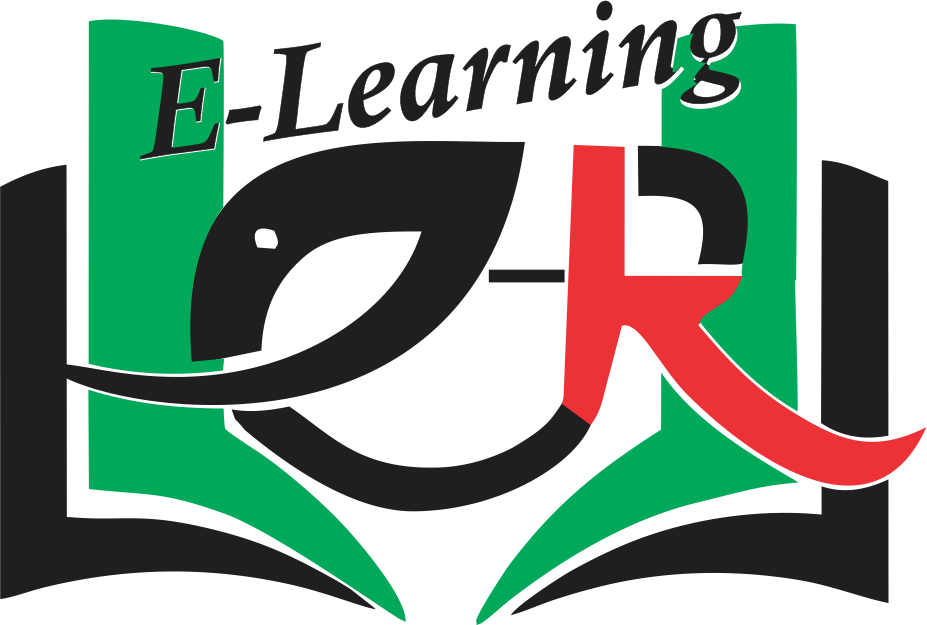When your course has transitioned to virtual classrooms/learning, here are some tips on how to study effectively

When the epidemic hit in early 2020, schools switched from four-walled classrooms to a rectangular Zoom screen for teaching. Students strived to keep engaged as teachers struggled to learn to use the new technology. Now, it appears that e-learning has become a significant component of education.
While many individuals are enthusiastic about online learning, students’ experiences vary greatly. Students say they miss the social contact in class and the casual interactions that occur after a lecture. Students struggled harder to socially communicate with other classmates when working online. According to educationalists, students are far less likely to complete online courses than in-class courses. People who take online courses frequently feel isolated and lonely, which can be difficult given the demands of a student’s other obligations.
When students have trouble with online courses, they resort to old habits like rereading a textbook and underlining key portions. Although this may give individuals the impression that they are familiar with the topic, experts have discovered that this is the least effective method of learning. Fortunately, research shows that certain study habits might help students get a lot more out of their online education.
Taking Notes

It’s important to take notes with a pen and paper when watching and listening to a video. When people use a computer to take notes, they frequently just transcribe the text. When they take notes by hand, they paraphrase what they hear. This requires them to think more thoroughly about what they have learned, which increases the likelihood that they will remember it. Another benefit of writing with a pen and paper is that you are less likely to become distracted.
Asking question

When you’re not in a classroom, it may seem odd to ask questions. However, researchers have shown that asking questions not only clarifies what you don’t understand but also allows you to build connections. People who ask questions about information while learning it are more likely to recall it when tested. Students learning online can use the chat option to question themselves and their peers to harness that power.
Putting yourself to test

Rather than re-watching videos or re-reading books, put them aside and write a paragraph summarizing what you’ve learned. Research says students who test themselves through memory outperform those who just restudy information they have already covered. You will recall more and have a more realistic sense of how much you know if you adopt this habit, even if it feels uncomfortable at first.
Beginning early

While online learning may provide more versatility, don’t allow this to tempt you to procrastinate till the last minute. Rather, begin working on your component as soon as it is available. It has been discovered that the most successful students are those who start early. It appears that in the world of e-learning, the early bird gets the worm. This is since learning takes time, not just to study, practice, and re-practice, but also to rest.
Avoiding distraction

It’s tempting to imagine you can check your social media accounts while listening to a lecture and not miss much. It turns out that multitasking is bad for our learning, and students who are constantly distracted perform worse academically. Pausing while executing a task diminishes our odds of finishing it.
My name is Elisha, and my content writing journey now spans almost 3 years. During that time, I have done and completed various projects for satisfied clients within various industries. I have written user manuals, business requirements, marketing materials, healthcare, insurance, government, and a lot more. As an accomplished content writer, my knowledge of writing can help encourage engagement with readers and conversion rates.


1 thought on “Getting the Most Out of Virtual Classrooms”
Pingback: Keeping up with online learning